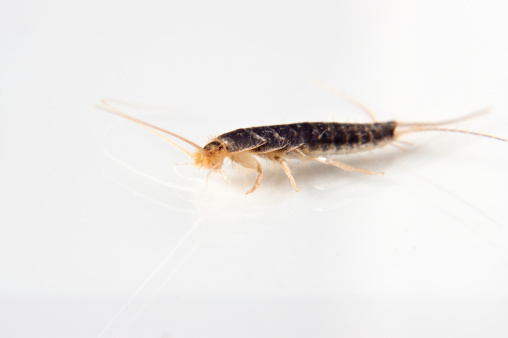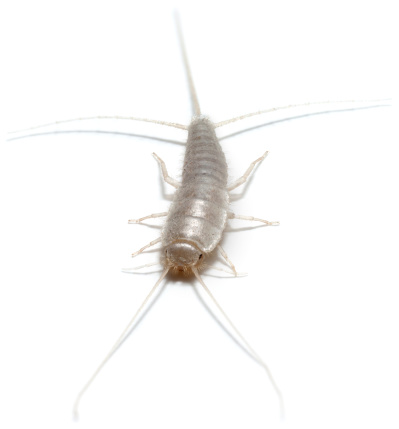What is a silverfish, and how can you get rid of it?

If you’ve ever sifted through old attic boxes and found silverfish, you may be a touch on edge. What’s the purpose of these insects? What about their dangers?
Termites are destructive, while silverfish are not harmful to people. If a paper or cloth has starch or sugar residues, such as wallpaper with starch-based adhesive, It enjoys chewing it. Another example is freshly laundered clothes. For starch, silverfish chew the material, but they destroy it.
Previously, these creatures were often seen in books (since books are bound with glue), but now this is not so often. Many years ago, most adhesives were made using animal by-products or other natural materials high in starch, sugar, or animal protein. New types of glue are products of modern chemistry and are not of interest to silverfish since they have no nutritional value.
Ancient insect

More than 400 million years after the arrival of dinosaurs, the silverfish (Lepisma saccharina) has remained essentially the same. Since then, they haven’t altered much except for their size. According to some reports, they can go without food or drink for up to six months.
Silverfish, as a result, have a prehistoric look. These creatures have an athletic physique that runs the gamut from a large head to a pointed belly. Tiny scales give them a silvery sheen, and they’re glossy and gray. Because of their similarity to fish, this is not the only reason.
“Silverfish” is a typical term for a gray-to-silver colored creature that sways as it runs. After reaching adulthood, they often shed their skins to keep their bodies clean.
How to get rid of silverfish

There is no reason to be concerned about silverfish since they serve no beneficial function.
These insects are hard to find because they hide in regions where few humans go. Their preferred habitats are dark, undeveloped areas with a high level of dampness. They rely on unfinished basements and attics as their primary real estate. These areas are ideal for storing goods that offer shelter and nourishment for families. They walk inside houses to escape terrible weather, but they stay there since the environment is so friendly.
It normally takes longer for these nocturnal insects to increase enough to become an infestation. You may avoid a silverfish infestation by reducing the amount of trash in your home. The key to control is limiting or eliminating cover – large hits are often associated with stored items and clutter.
if you happen to bump into a silverfish, don’t panic. In many cases, vacuuming is the fastest and simplest approach to get rid of them. It is a good idea to inspect your house for any potential insect entry point every year. Do not put your belongings in cardboard boxes while storing them in your basement or attic. To avoid transporting pests with your storage goods, check them thoroughly before transferring them.

Professional insect controllers normally identify any food sources of silverfish, such as starch residues or spilled meals like grains, pasta, and cereals. Fans, dehumidifiers, or other techniques of moving air may also be used to decrease humidity in the home.
If the silverfish infestation has gotten out of hand, seeking expert treatment is better. Contact a local pest control expert if you discover evidence of a silverfish infestation in your house. They can analyze the issue and provide the best way of management for your particular problem. Even though silverfish don’t have wings to help them flee from predators, their incredible speed makes them difficult to crush or trap.




